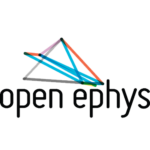
Neurophotometrics FP3002
The Next Generation Fiber Photometry SystemProduct Overview
FP3002 enables recording of bulk signals from calcium and neurotransmitter indicators in two colors, multiple animals, and multiple brain regions simultaneously. With the sensitivity to pick up the activity of a single cell and the bandwidth to record from multiple freely moving animals and/or brain regions simultaneously, the original FP3001 set the standard for multi-fiber photometry recordings. Through our collaborative work with over 100 labs worldwide, we have designed the second-generation system — the FP3002 — that includes many improvements and optimizations for user accessibility and processing power while integrating an important new feature: lasers for optogenetic stimulation.
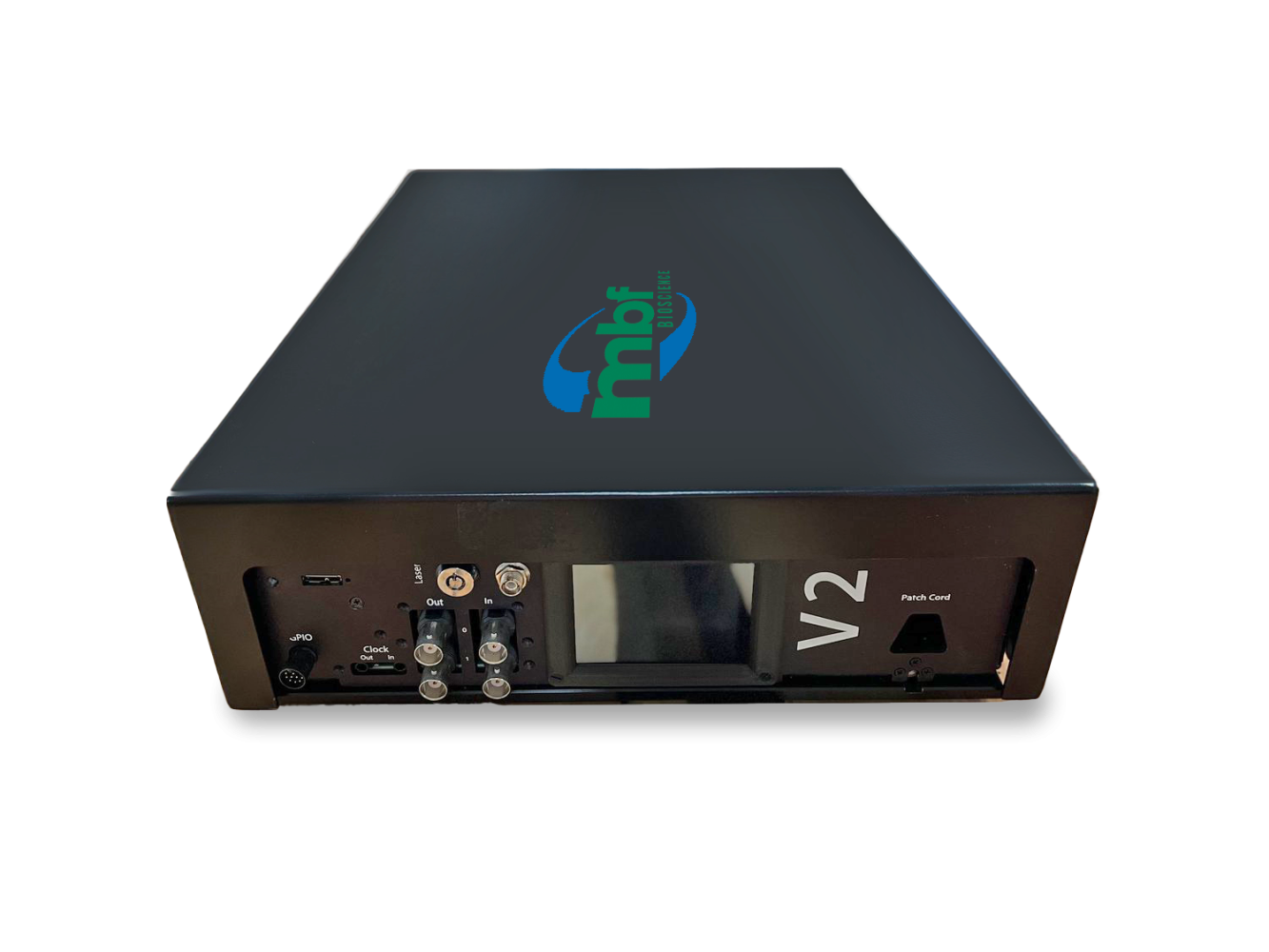
Key Benefits
- Real-time processing and flexible control with a new computer interface
- 3 excitation wavelengths for simultaneous dual-color imaging and motion control
- Integrated optogenetics stimulation
- Ability to record from up to 8 regions in freely-moving animals
- Increased accuracy – through the use of ultra-stable scientific LEDs with patent-pending fiber optic feedback mechanism
- High sensitivity - through the use of an upgraded sCMOS camera and knife’s edge image splitter
- Micro-second precision with synchronization across multiple devices
- Ability to collect analytical measurements for accurate across-subject comparisons
- The system is ready to go when it arrives — just plug and play
Plug and Play Fiber Photometry Solution
The FP3002 system combines 3 excitation wavelengths with an ultra-sensitive sCMOS camera sensor for simultaneous dual-color activity imaging in up to 8 regions of interest, all in freely-moving animals. Using state-of-the-art integrated lasers, the FP3002 system allows users to optogenetically stimulate while recording from the same fiber. Our compact and portable system offers a complete and comprehensive solution for fiber photometry with no assembly required.
Versatile Interface for Seamless Hardware Integration
The FP3002 system is designed for maximum versatility and efficiency, making it simple to synchronize with existing hardware in the lab. The FP3002 interface is powered by user-accessible software, making it easy to align fiber photometry recordings with various data streams including behavior hardware, cameras, and even custom-built devices.
| Acquisition Rate | 16-200 Hz |
| Absolute Sensitivity Measure | 4.51 (photons needed to equal noise) |
| Simultaneous Recordings from multiple fibers |
|
| Excitation LEDs |
|
| Emission Channels |
|
| Numerical Aperture | 0.37 - 0.4 |
| Digital Inputs | 2 |
| Digital Outputs |
|
| Timing Synchronization | sub-millisecond synchronization with external equipment |
Download FP3002 product sheet here.
Simultaneous Dual color recording plus built-in motion control
FP3002 is equipped with 3 LED wavelengths for near-simultaneous dual-color imaging and built-in motion control. Researchers can customize the number and duty cycle of excitation LEDs for a wide range of experiments with the click of a button, making it simple to configure settings for both short and long-term recordings.
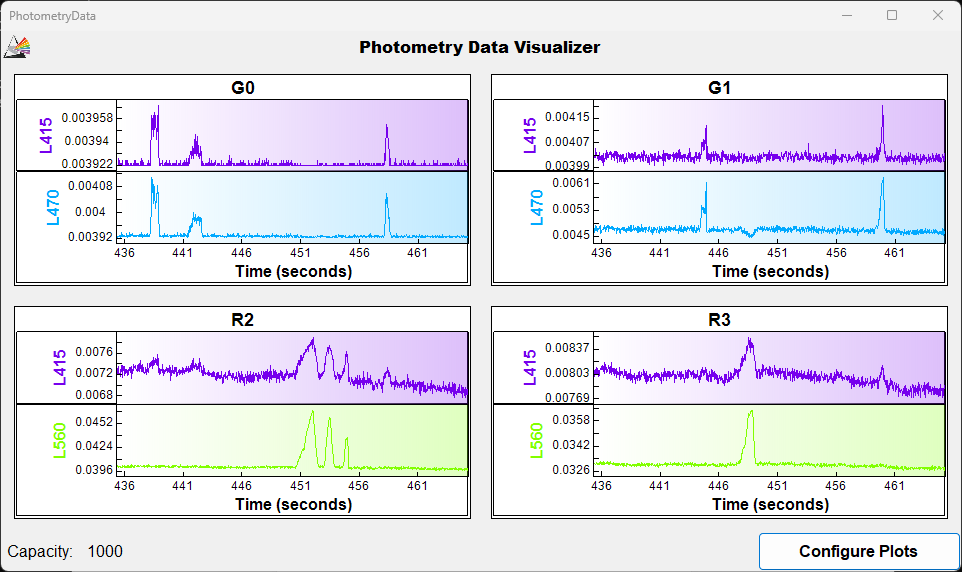
Record from up to 8 regions of interest in freely-moving animals
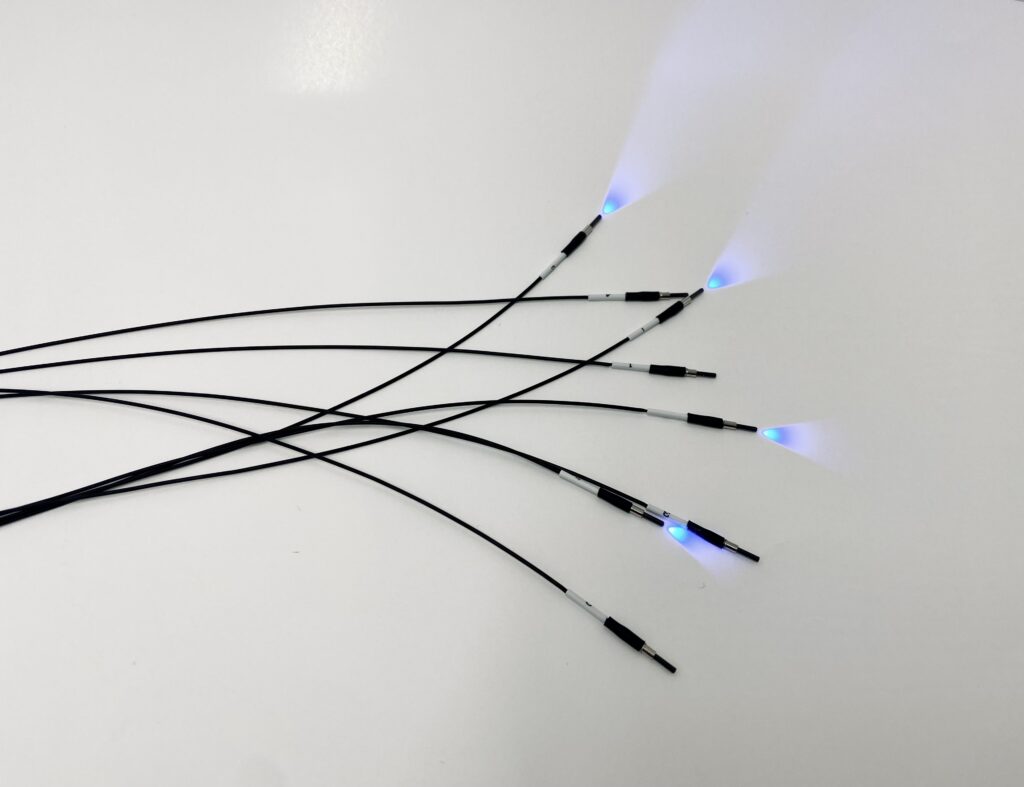
Integrated lasers for optogenetic stimulation
FP3002 is the only fiber photometry system on the market with integrated lasers for simultaneous optogenetic stimulation and recording. Researchers can choose between a 450 nm laser for blue-light activated opsins like Channel Rhodopsin, a 635 nm laser for red-shifted opsins like Chrimson, or both. 635 nm lasers are uniquely engineered to be integrated into the same light path as excitation LEDs, allowing for optogenetic stimulation and recording through the same fiber. 450 nm lasers are configured into their own light path to allow for stimulation of upstream regions while recording downstream signals with a separate patch cord.
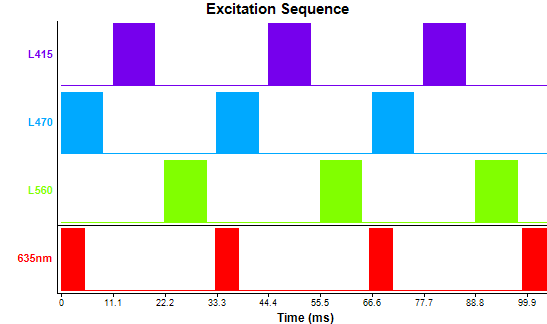
Seamlessly synchronize with existing behavior hardware
FP3002 is equipped with 2 digital inputs and 2 digital outputs to synchronize fiber photometry data and external behavior hardware with sub-second precision. Data acquisition is controlled through source-accessible software that is optimized to process parallel data streams, making it easy to record behavior videos, track animals, and synchronize custom hardware with ease.
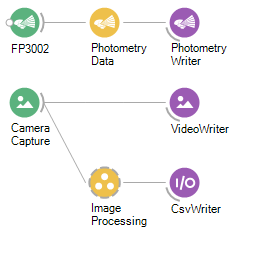
Who Is Using FP3002?
FP3002 is used across the globe by the most prestigious laboratories.








Cited in Peer Reviewed Scientific Publications
FP3002’s utility is underscored by the number of references it receives in the worlds most important scientific publications. See examples below:
Xiao, X., H. Deng, et al.
A Genetically Defined Compartmentalized Striatal Direct Pathway for Negative ReinforcementView Publication
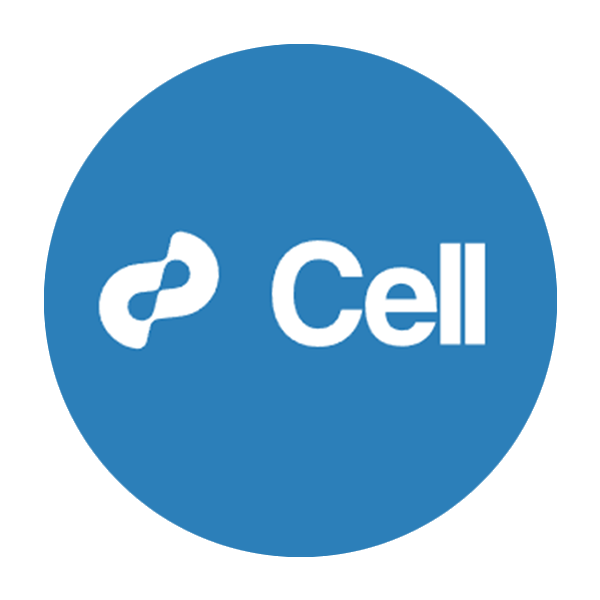
Flanigan, M. E., H. Aleyasin, et al.
Orexin signaling in GABAergic lateral habenula neurons modulates aggressive behavior in male miceView Publication
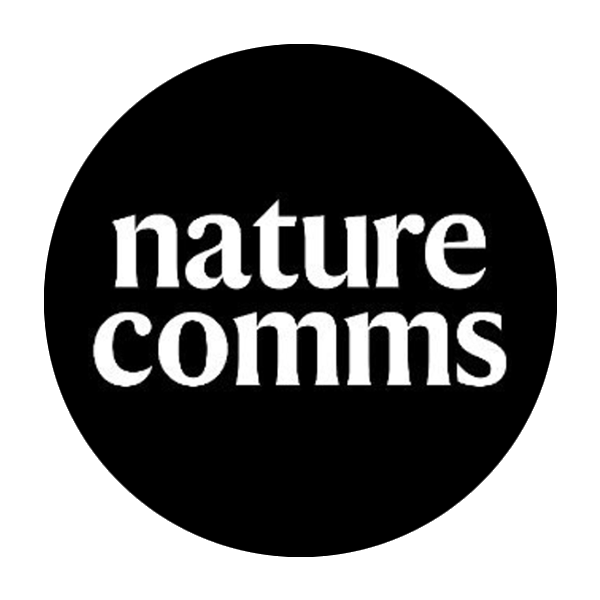
David, S. J. and M. Bita
Prefrontal Cortex Representation of Learning of Punishment Probability During Reward-Motivated ActionsView Publication

Barik, A., A. Sathyamurthy, et al.
A spinoparabrachial circuit defined by Tacr1 expression drives painView Publication
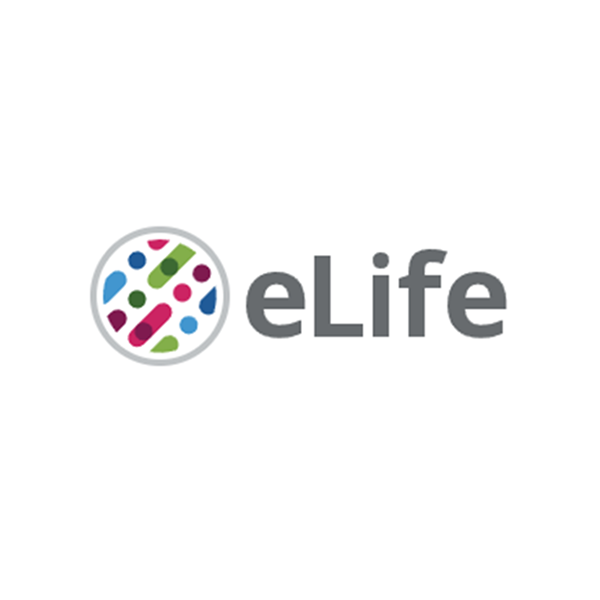
Hrvatin, S., Sun, S., Wilcox, O.F. et al.
Neurons that regulate mouse torporView Publication

Dong, A., He, K., Dudok, B. et al.
A fluorescent sensor for spatiotemporally resolved imaging of endocannabinoid dynamics in vivoView Publication

Hollon, Nick G. et al.
Nigrostriatal dopamine signals sequence-specific action-outcome prediction errorsView Publication

Murphy, K. R., Farrell, J. S., Gomez, J. L., et al.
A tool for monitoring cell type–specific focused ultrasound neuromodulation and control of chronic epilepsyView Publication
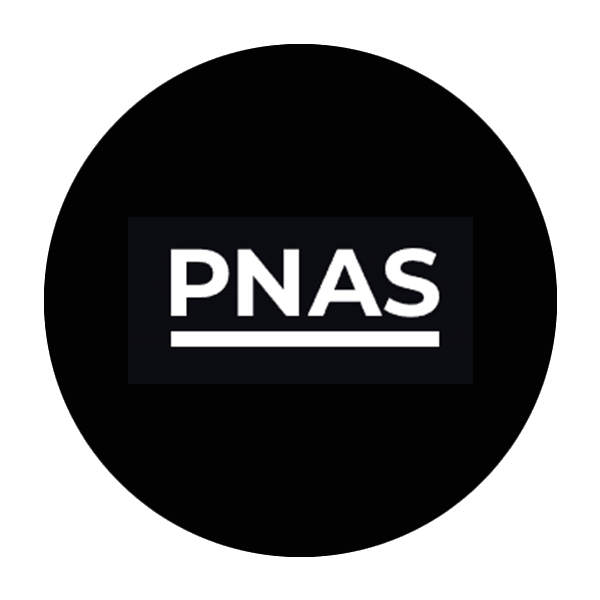
K. M. John, S. Smrithi, J. Nelson, et al.
Enhancer-AAVs allow genetic access to oligodendrocytes and diverse populations of astrocytes across speciesView Publication
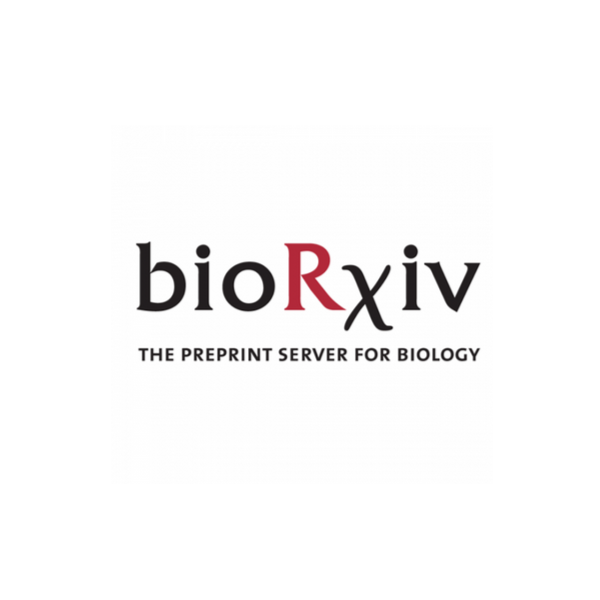
Frequently Asked Questions (FAQ)
What is Fiber photometry?
Fiber photometry is an activity imaging technique that measures changes in fluorescence as a proxy for biological events- most commonly, neuronal activity. When coupled to fluorescent biosensors like GCaMP, jRCaMP or dLight, fiber photometry allows for continuous monitoring of neural activity or neurotransmitter release with sub-second temporal precision.
Can I synchronize fiber photometry data with my existing behavior hardware?
There are a variety of options for synchronizing fiber photometry recordings with behavior hardware. The system includes 2 digital inputs and outputs that can send or receive 5v TTL pulses for ultra-precise timestamp alignment. Behavior cameras and custom Arduino-based devices can also be synchronized through data acquisition software for simple synchronization.
Can FP3002 be used to image neurotransmitter sensors like dLight?
Yes! Our ultra-sensitive sCMOS sensor is ideal for recording from novel neurotransmitter biosensors that have not been as thoroughly optimized as GCaMP variants. The maximum acquisition speed is sufficient to capture the dynamics of even the fastest biosensors, like iGluSnFR.
How large are the data files generated by FP3002?
FP3002 fiber photometry data files are much smaller than many other imaging techniques. Files for hour-long recordings are in the KB range.
Testimonials
“As a new PI, it’s incredibly challenging to get your lab up and running while staying on top of all the latest technologies. So I’m really grateful for all of the support that we’ve received from Neurophotometrics. Their system was affordable for our new lab budget, and more importantly, has come with a ton of customer support. My lab has no prior experience with fiber photometry, but we were up and running within 24 hours of [Neurophotometrics] visiting.”

Lindsay Schwarz, Ph.D. St. Jude Children’s Research Hospital
"I rarely have encountered a company so committed to support and troubleshooting as MBF."

Andrew Hardaway, Ph.D. Vanderbuilt University
"MBF Bioscience is extremely responsive to the needs of scientists and is genuinely interested in helping all of us in science do the best job we can."

Sigrid C. Veasey, MD University of Pennsylvania
"I am so happy to be a customer of your company. I always get great help related with your product or not. With the experienced members, you are the best team I've ever met. All of your staff are very kind and helpful. Thank you for your great help and support all the time."

Mazhar Özkan Marmara Üniversitesi Tıp Fakültesi, Turkey
"We’ve been very happy for many years with MBF products and the course of upgrades and improvements. Your service department is outstanding. I have gotten great help from the staff with the software and hardware."

William E. Armstrong, Ph.D. University of Tennessee
"Our experience with the MBF equipment and especially the MBF people has been outstanding. I cannot speak any higher about their professionalism and attention for our needs."

Bogdan A. Stoica, MD University of Maryland
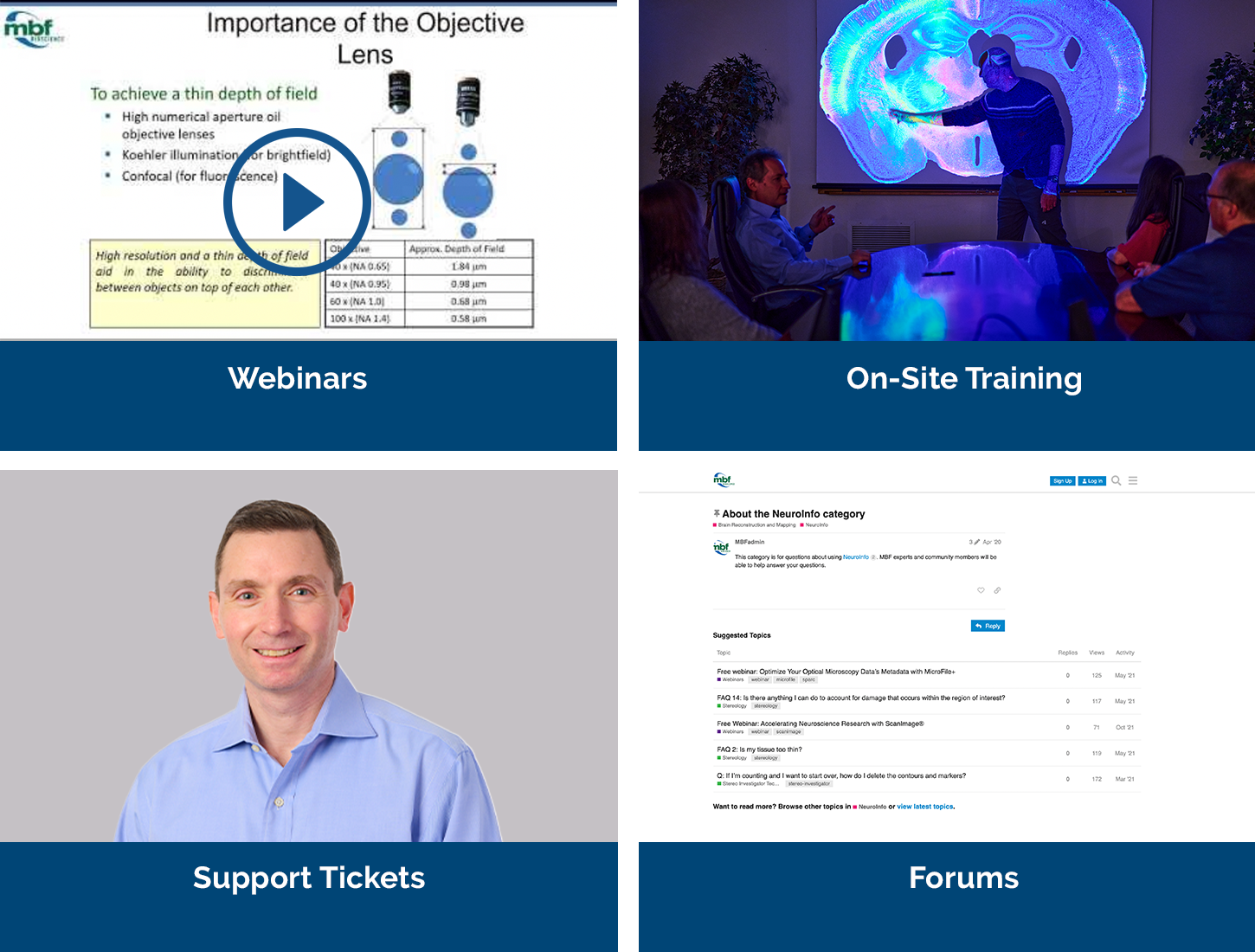
Robust Professional Support
Our service sets us apart, with a team that includes Ph.D. neuroscientists, experts in microscopy, stereology, neuron reconstruction, and image processing. We’ve also developed a host of additional support services, including:
- Forums
We have over 25 active forums where open discussions take place.
>> Learn More - On-Site/Training
We’ve conducted over 750 remote software installations.
>> Learn More - Webinars
We’ve created over 55 webinars that demonstrate our products & their uses.
>> Learn More
Request an Expert Demonstration
At MBF, we’ve spent decades understanding the needs of researchers and their labs — and have a suite of products and solutions that have been specifically designed for the needs of today’s most important and advanced labs. Our commitment to you is to spend time with you discussing the needs of your lab — so that we can make sure the solutions we provide for you are exactly what you’ll need. It’s part of our commitment to supporting you — before, during, and after you’ve made your decision. We look forward to talking with you!
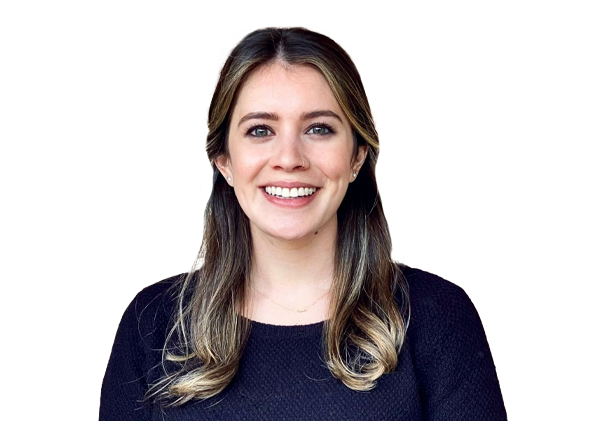
Related Products
Fiber Optic Cannulae and Sleeves
Optimize your fiber photometry setup with our high-quality consumables: Fiber Optic Cannulae and Ceramic Split Sleeves for peak experimental performance.
Patch Cords
Maximize your experimental throughput with our high-quality consumables: multi-branch patch cords, designed to record from up to 4 regions simultaneously.
Collaborators
We are proud to collaborate with the following brilliant scientific teams in academia and industry to develop new and exciting tools for neuroscientific research.




